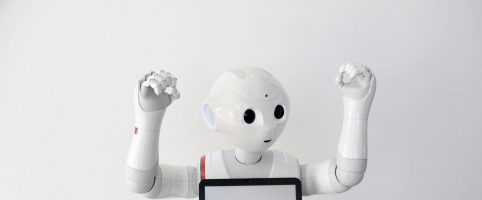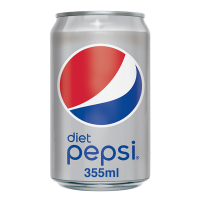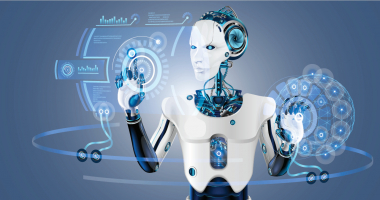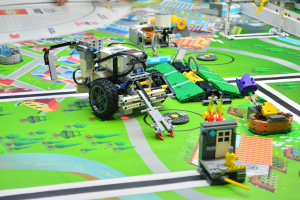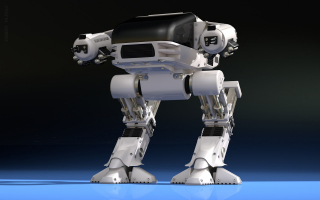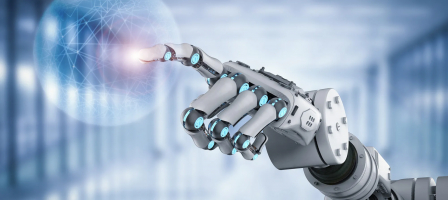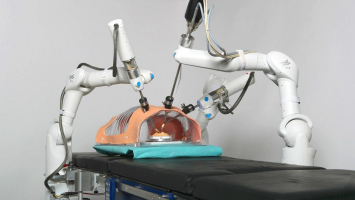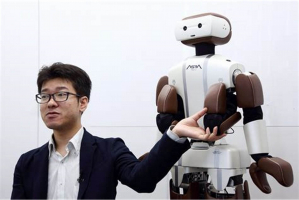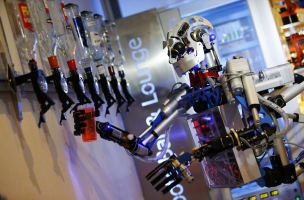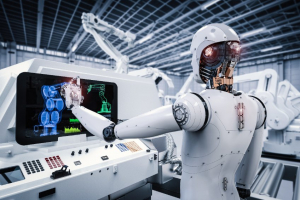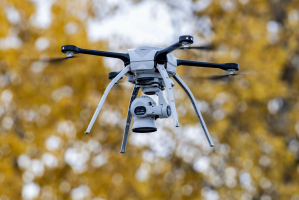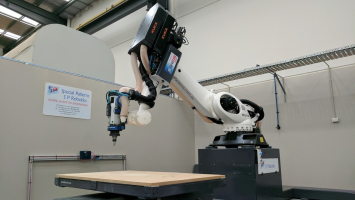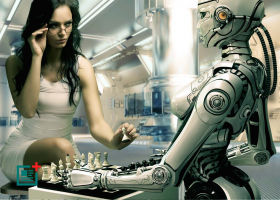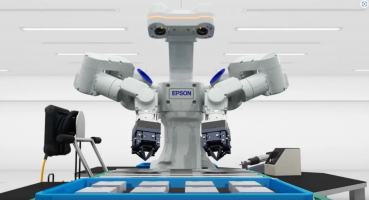Top 10 Creepy Advancements in Soft Robotics
But realistically, we don't have to wait for the robots to take control. Robots nowadays are far stranger than anything Arnold Schwarzenegger or Keanu Reeves ... read more...ever encountered because to soft robotics. In a kind of robotics subgenre known as soft robotics, the robots are composed of supple, malleable materials that resemble flesh and muscle, though not always in the way that human flesh and muscle do. Some of the work produced under that label is quite bizarre.
-
In science fiction, if you shake a tree, a robot that looks like a person will fall out. We really enjoy the idea of creating things in our own image, from Data on Star Trek to the Terminator to the Cylons in Battlestar Galactica. Additionally, casting a person and claiming that they are a robot only makes for less expensive special effects. It was only a matter of time before real life followed suit with humanoid robots. And what we've come up with so far is, at best, unappealing.
Although there are a few stiff robots made to resemble humans, only soft robotics could get to the point where the adjective "slightly sweaty" might be used to describe how it appears. Japanese scientists have created a skin-covered, squishy robot finger. actual, live tissue.
The robot can repair any injury since the tissue is living. The idea behind the design is that if a robot seems more humanlike, people will be more likely to interact with it. This may be essential in circumstances where people must rely on robots, such as hospitals.
Given that the finger is not attached to anything and lacks a circulatory system, it is necessary to maintain moisture in the skin to prevent drying. They also acknowledged how mechanically it functions. No one discussed how it would seem on a robot face or what would happen if a robot with skin on it had an infection and lost its face. The foundation will eventually be strengthened by adding a fingernail, sweat glands, and hair follicles. Eventually, it might advance to a whole hand.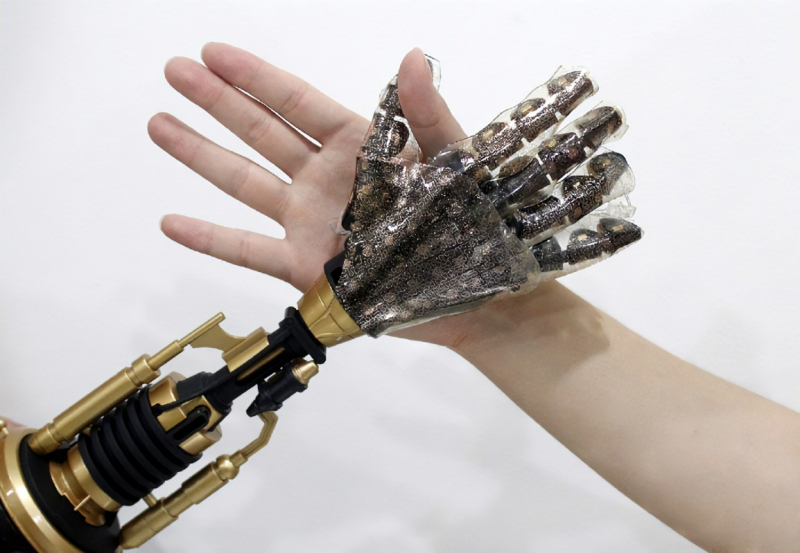
http://www.chemistrymadeeasy.com 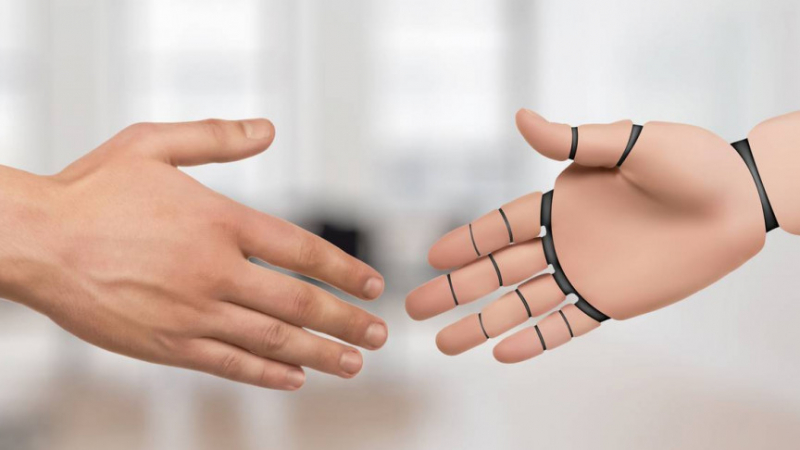
https://interestingengineering.com/ -
How about something alive? People have already seen what happens when you construct robots out of dead things. Xenobots are robots created from living cells, in this case, frog cells. Researchers have developed small living robots that can perform straightforward tasks using frog stem cells. Despite having no business cooperating, skin and heart cells can move minuscule things. If they are broken, they even repair themselves.
There is hope that xenobots will someday be deployed in the medical industry and even in the real world to remove environmental pollutants. Future xenobots might deliver medications directly to the organs in your body that require them. There is hope that xenobots will someday be deployed in the medical industry and even in the real world to remove environmental pollutants. Future xenobots might deliver medications directly to the organs in your body that require them. They fall under the category of neither a machine nor a life thing, or perhaps both.
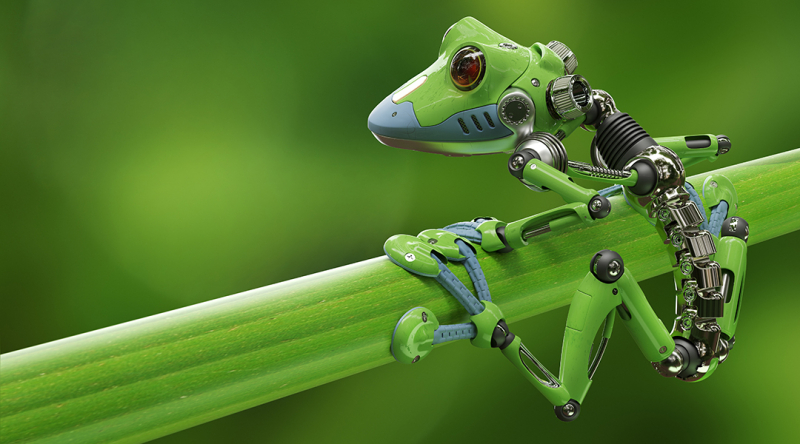
https://wonderfulengineering.com/ 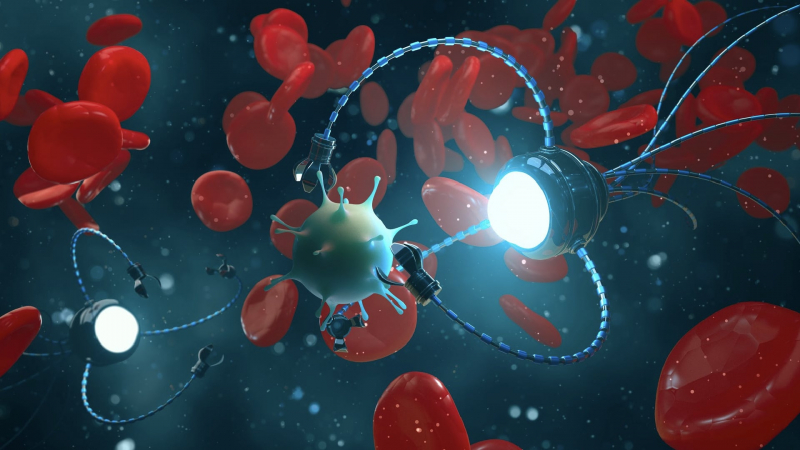
https://www.universallifetools.com -
A "magnetic slime" robot has been developed by scientists that might be inserted into the body to carry out duties like recovering accidentally eaten objects. The substance, which has a custard-like consistency, has the ability to squeeze through tight spaces, grip things, and repair damaged circuits. When external magnets are applied to it, it can also be made to move, rotate, create O and C forms, and even self-heal.
In order to create a slime that can be remotely controlled by external magnets, Professor Li Zhang at the Chinese University of Hong Kong and his associates combined neodymium magnet particles with borax, a common home cleanser, and polyvinyl alcohol.A few years ago, magnetic putty—which resembled slime and could move independently—was a preferred fake toy. That, it turns out, gave rise to a concept for a novel class of soft robot that might be employed to inspect and remove obstructions within the human gastrointestinal system. The magnetic slime bot may find and grasp hold of any harmful objects that a patient might ingest, including metal fragments, watch batteries, or even little pieces of string.
It can be bent into many different shapes and even moved into very small areas thanks to its magnetic properties. And the term "magnetic turd" was chosen to characterize it because of where it might be utilized and how it appears.
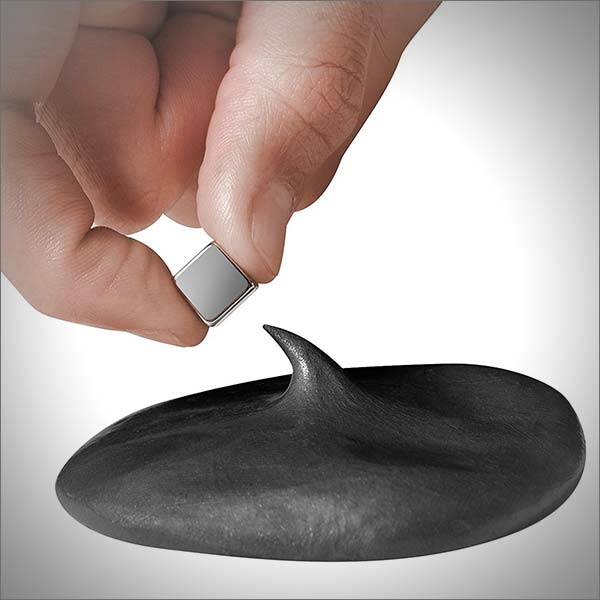
https://www.shortrobot.com/ 
https://www.plantzania.com/ -
In terms of saving lives, sot robots have a lot of potential. Consider search and rescue as an example. When there is an earthquake or explosion, a building will fall. To find trapped survivors, a robot similar to Stanford's soft robot snake may be sent in right away. It would writhe through the gaps and crevices carrying a camera and even water for the victim. Rescuers would be able to maximize their odds of saving lives by knowing exactly where to look.
When you observe how spooky the robot snake actually is—capable of truly growing over and through obstacles like the crawling tendril of a fast-moving vine—you must keep that upside in mind. It unfolds like a sock as it expands, and more material is always able to be added. Since the rest of the robot keeps expanding, the base or start never needs to be moved.
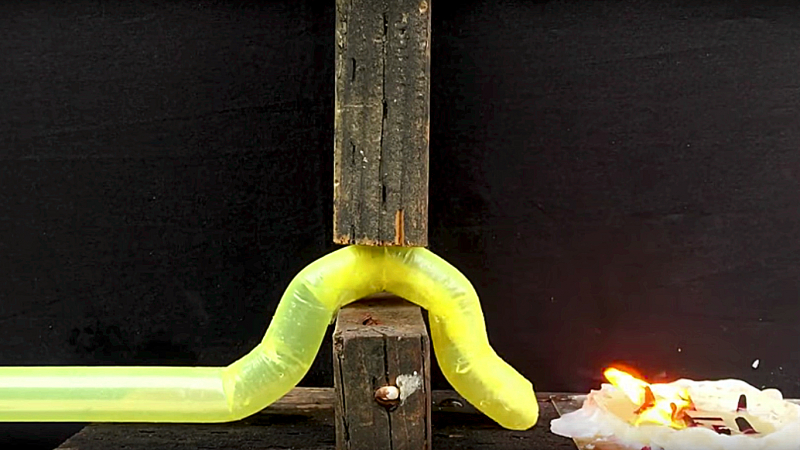
https://www.extremetech.com/ 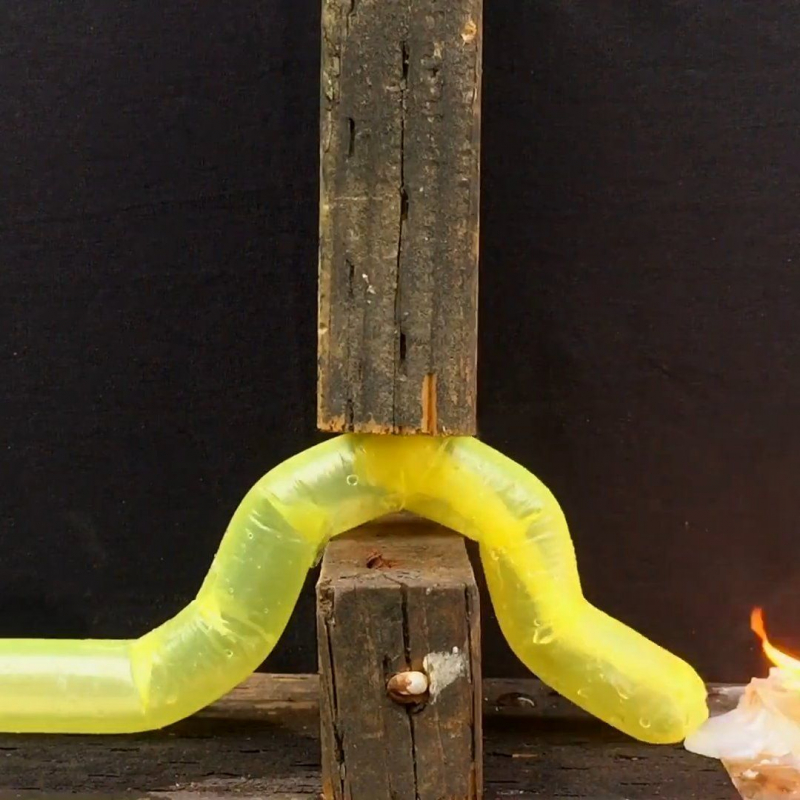
https://www.pinterest.com -
There aren't many individuals in the world that enjoy bugs, to be honest. They consume cables, can withstand radiation exposure, and are notoriously difficult to kill. They infest areas and overwhelm them with their feces and dead bodies. Therefore, a robotic cockroach merely adds more unsettling elements.
For our benefit, the robot cockroach at least doesn't physically resemble a cockroach. However, it still has the capacity to endure even after being crushed. It can withstand pressure up to one million times greater than its own weight and still manage to escape. Another unnerving cockroach attribute is its ability to move exceedingly quickly, traversing 20 body lengths in less than a second.
The piezoelectric panel makes up the majority of the little creature. It moves when a current is supplied because of a layer of elastic polymer that causes it to bend and then straighten again and a pair of small legs underneath. In the future, a gas sensor will be included so that it can find harmful pollutants even in small spaces.
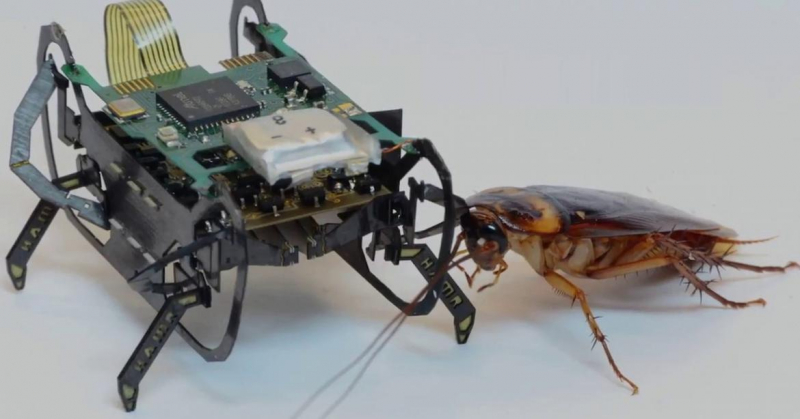
https://wonderfulengineering.com 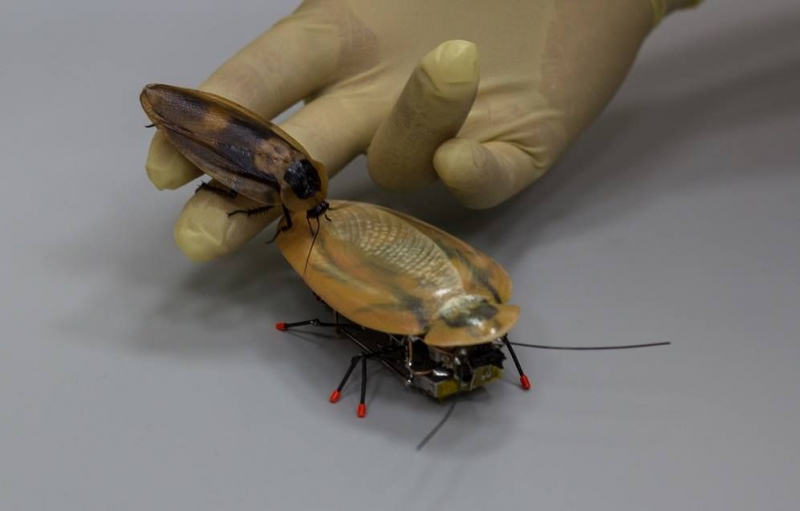
https://www.newsweek.com -
Let's say your lungs aren't working properly and you're in the hospital. What do doctors do in order to better comprehend what is occurring? You would anticipate a chest x-ray or something similar. But what if they made the decision to insert a robot tentacle into your lungs to survey the situation? One has been created specifically for that purpose by researchers at the University of Leeds in the UK.
The soft-bodied robot with magnetic tentacles—which appears to be the current name—has cylinders that link to form its body. For the delivery of therapy and medication, as well as to collect tissue samples, it can be magnetically steered through the lungs. Don't worry if that seems spooky. The primary researcher said it exactly like that. He acknowledged the objective was to find the least invasive technique to examine the deepest and most difficult to access areas of the human body and stated, "It's creepy. Additionally, considering that the ultimate purpose is to save lives, a small amount of creep factor may be a fair price to pay.
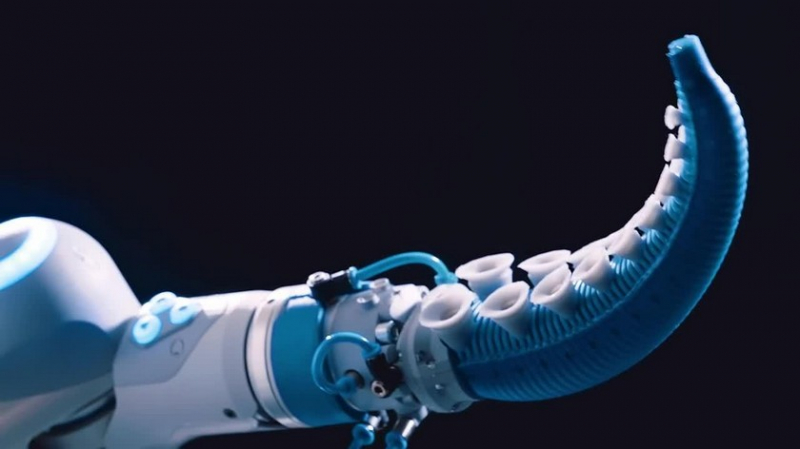
https://gadget.fsetyt.com/ 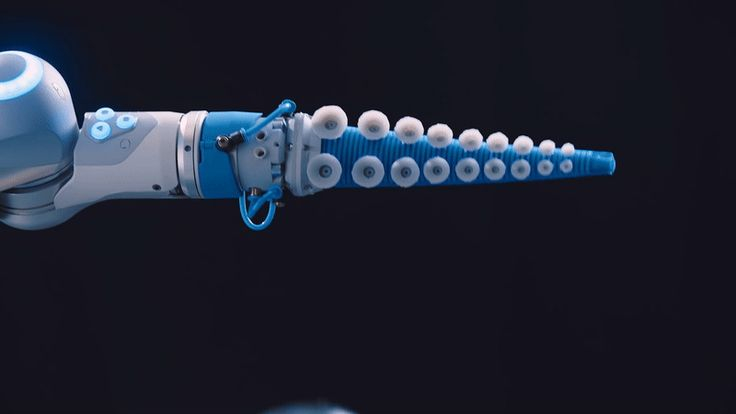
https://www.pinterest.com/ -
Although starfish are fascinating organisms, there is also something fundamentally strange about them from a human perspective. For many marine animals, the same is true. They all seem a little strange to us since they all developed in a world that is very different from the one we live in now, especially when we watch them move. It follows that a soft robot with starfish inspiration will come out as extremely strange, if not downright frightening.
A soft robot created by Harvard is built of elastomers and moves by having air pumped into its muscles. It can move in a variety of ways, including walking and crawling, and it has the ability to inflate itself to fit through gaps and under doors. The potential for future developments that would see an autonomous soft robot able to fit into areas a typical, rigid robot could never reach seem evident, even though the model Harvard exhibited requires being connected to a hose system in order to manage the flow of air.
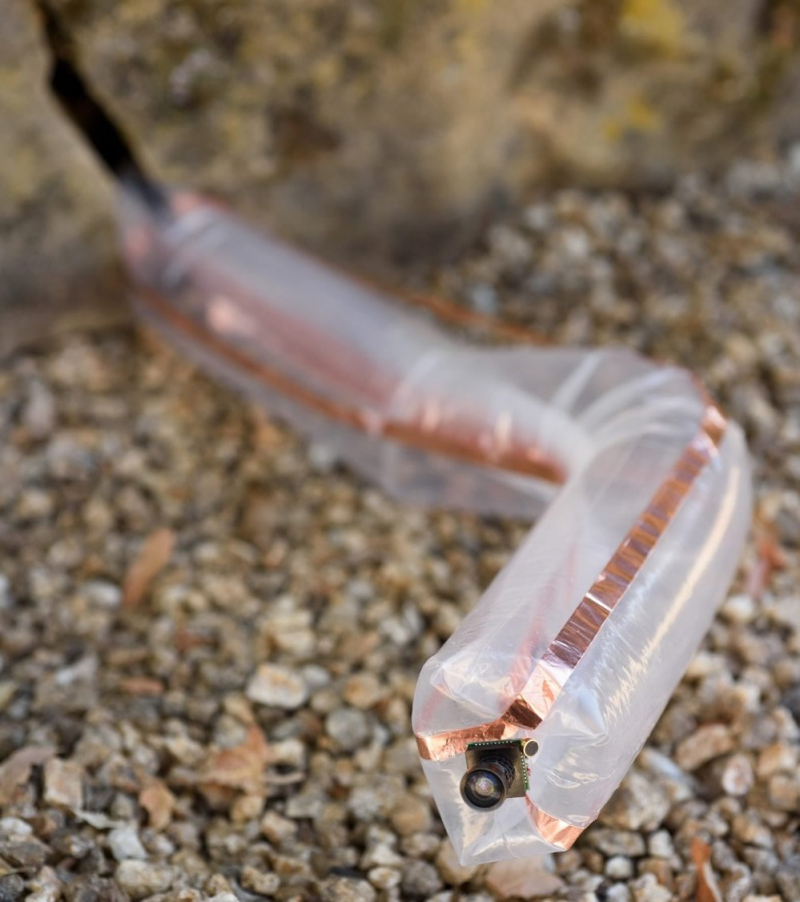
https://www.rumblerum.com/ 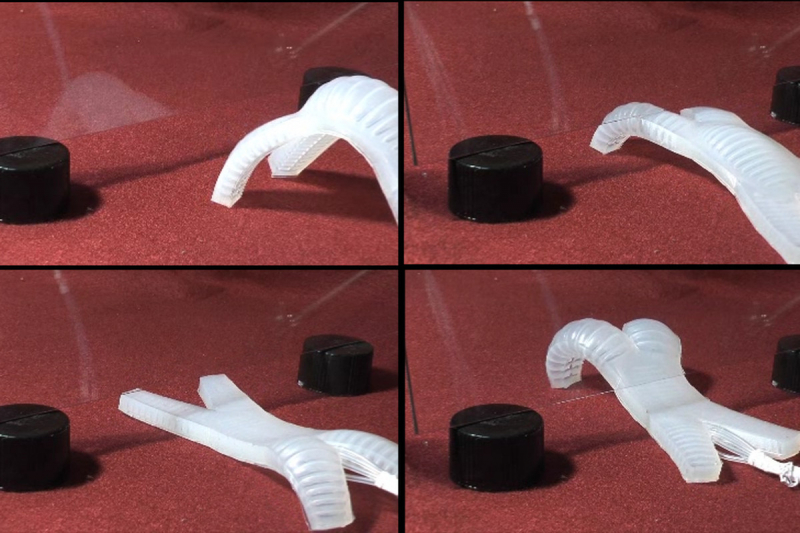
http://www.theverge.com/ -
You no longer need to question what good a robot that can handle a fish can do. One practical application of this field of soft robots is fruit picking, which is a result of the concept of a very gentle robot. Fruit harvesting has typically been a controlled human activity. Although many crops may be harvested by machines, some require a human touch because earlier machines were just too harsh. For a machine to pick, fruits like raspberries have to be extremely delicate. That's not the situation anymore.
Back in 2017, Ocado showed off robot hands that were soft enough to pick up foods that readily bruised, such tomatoes or raspberries. These would be utilized to pick consumer orders in the online grocer's warehouse. The robot hand's grasp is controlled by air pressure, and when linked with AI, the robots could view produce, assess its freshness, and more as they picked orders. A robot raspberry picker working in the field harvests around one kilogram of fruit every hour using its four arms, sensors, and soft plastic grippers. That's not much, but they intend to treble it very soon.

https://www.pinterest.com 
http://www.robotspodcast.com/ -
Some of the world's oldest and most recognizable robots are hands. Not necessarily the Terminator's titanium skeleton claw, but rather the robotic hands employed in manufacturing environments to grab objects, frequently with only two or three fingers. These are widely used throughout the world, and the most of us have seen them.
These robot hands have a history of being quite hazardous.
Regardless of what they were intended for, they have a strong grip. A chess-playing robot once broke a 7-year-old opponent's finger. A robot with a far kinder touch has been created through soft robotics. Similar to the gripping necrospider bot, MIT researchers used delicate hydrogel robots that can safely capture a fish while it is swimming without injury. It's like receiving a hug from a squid with flabby arms.
The hydrogel hand is made of pliable materials that are 3D printed to the required size and shape. The hydrogel hand, as its name suggests, is primarily made of water. The fingers can extend out and expand when water is injected into them, after which they can be opened and closed. The robot's softness and water content make it well suited for delicate duties, and catching the fish served as sort of a proof-of-concept demonstration that it is capable of such work.
https://www.westend61.de/ 
http://www.steamboattoday.com/ -
When scientists transformed dead spiders into robots in July 2022, the world had the opportunity to experience the point at which zombies and robots collide. A soft robot can technically be built to replicate biological functionality by using bladders and hydraulics, for example. Hoses and tubes that are under pressure can be used as limbs and actuators to move objects. Actually, spiders operate in a similar manner.
Spiders have an internal hydraulic system that allows them to move their limbs. Despite not having nearly as many muscles as humans do, their limbs can move and contract because of their blood pressure. When a spider passes away, its heart stops, and as its body loses pressure, it curls up. The deceased body gets repressurized in this latest experiment. The legs of the body were able to spread and reopen once scientists infused it with air. The legs start to close as the air pressure is reduced. The resulting result resembles one of those claw machines at carnivals where you can try to win a plush animal, except this one is a corpse and can lift 130 percent of its own weight.
What then is the goal? In terms of cost, it is less expensive than creating a robot that can perform the same job. Because spiders are already well-camouflaged, experts believe that this subset of the sinisterly termed necrobotics could have applications in construction, sorting, and even field sample collection.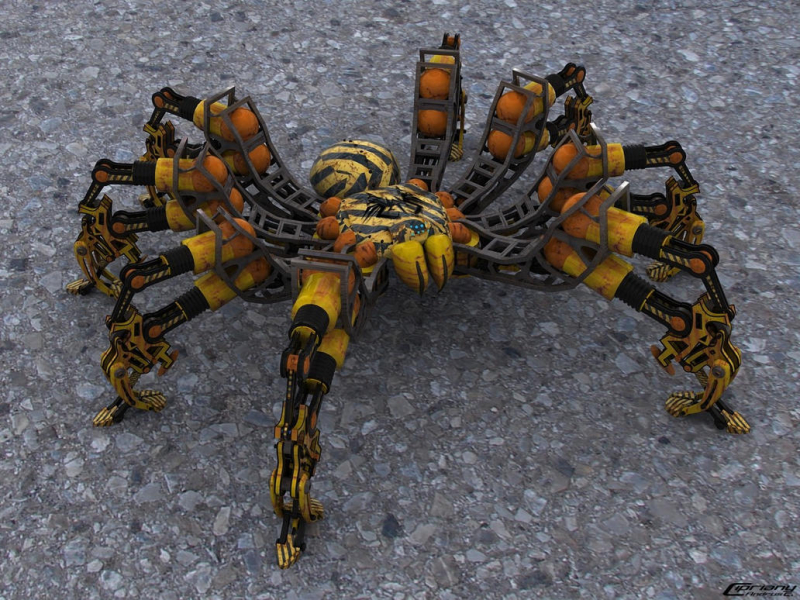
http://cipriany.deviantart.com/ 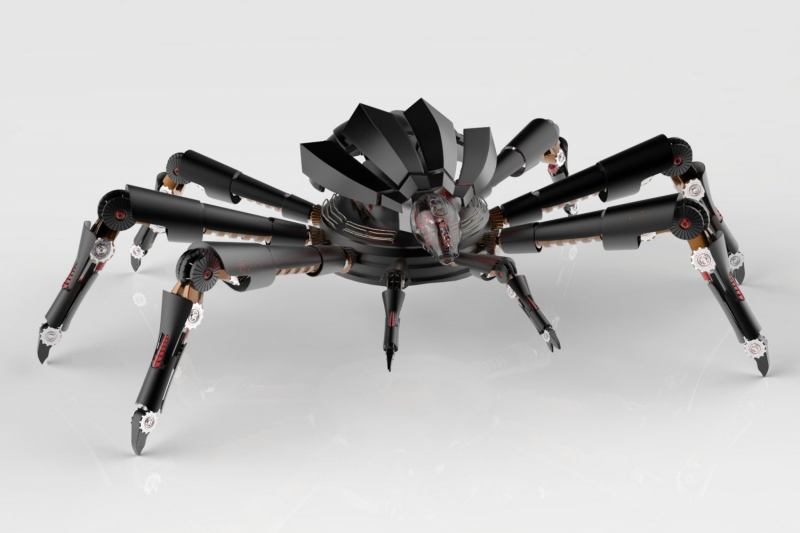
https://3dexport.com/













